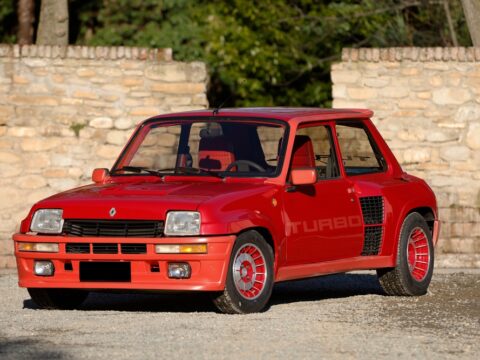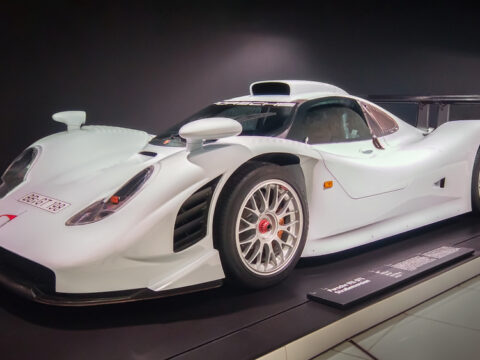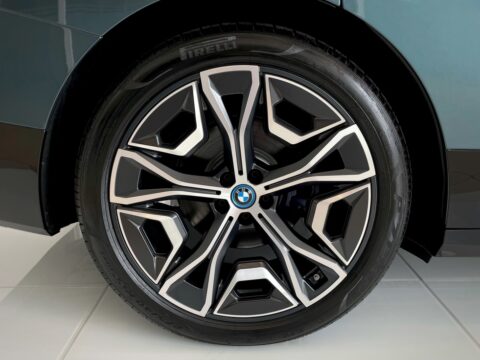Motorcycles have always been more than just machines—they’re symbols of freedom, innovation, and style. Over the years, certain models have stood out, leaving a lasting impact on the industry. These 20 revolutionary motorcycles not only changed the way we ride but also set new standards in design, performance, and culture.
Contents
Harley-Davidson Model 1 (1903)
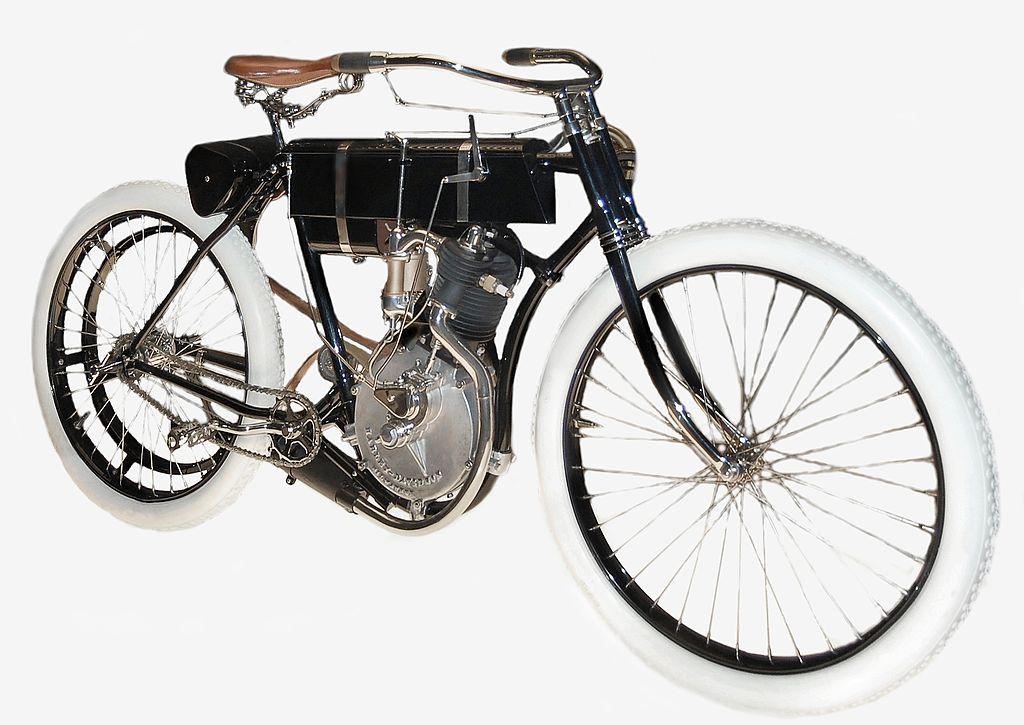
The Harley-Davidson Model 1, introduced in 1903, laid the foundation for one of the most iconic brands in motorcycling history. Its 3.07 horsepower engine and minimalist design marked a significant leap from bicycles with motors to more robust, reliable transportation. This early model set the stage for Harley-Davidson’s famous V-twin engines, which would become synonymous with the brand. By establishing a solid reputation from the start, the Model 1 helped position Harley-Davidson as a dominant force in the motorcycle industry.
Indian Chief (1922)

First released in 1922, the Indian Chief quickly became one of the most celebrated motorcycles in America. Its powerful 1000cc V-twin engine, coupled with the signature skirted fenders, made it a symbol of both power and style. The Chief was not just a motorcycle; it was a cultural icon that influenced cruiser design for years to come. This model’s widespread success cemented Indian’s reputation as a top American motorcycle manufacturer during the early 20th century.
Vincent Black Shadow (1948)
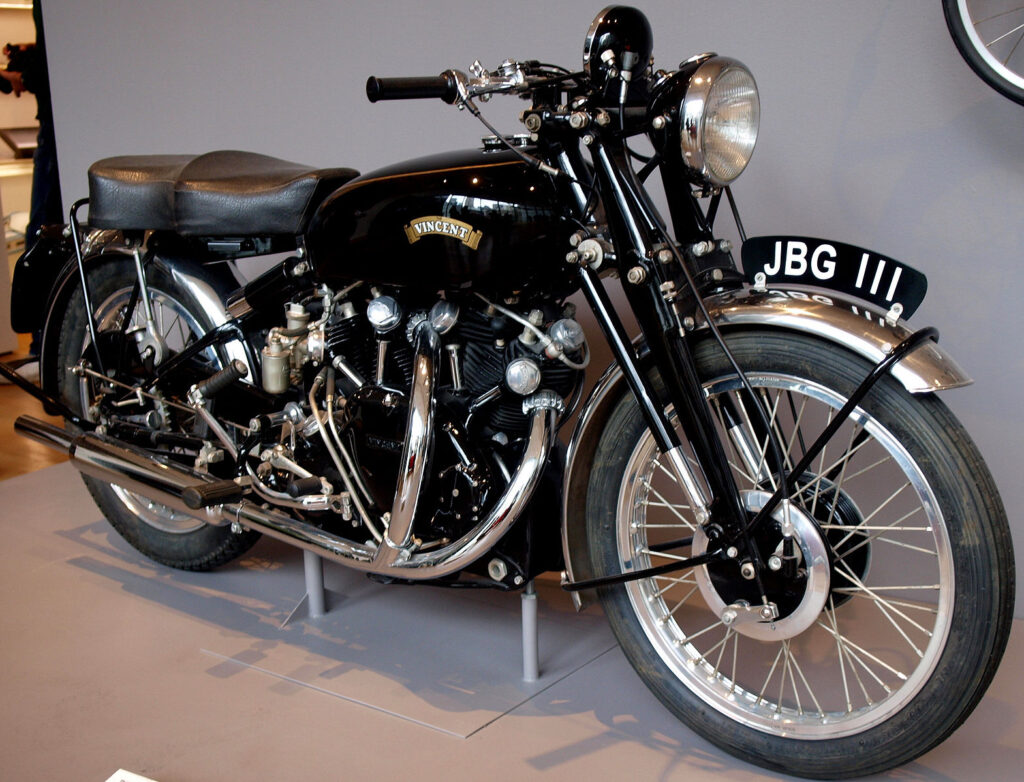
When the Vincent Black Shadow hit the market in 1948, it redefined what was possible in a production motorcycle. Boasting a top speed of over 125 mph, it was the fastest production motorcycle of its time. Innovative features such as a rear suspension system and unit construction of the engine and gearbox set new engineering standards.
Honda CB750 (1969)
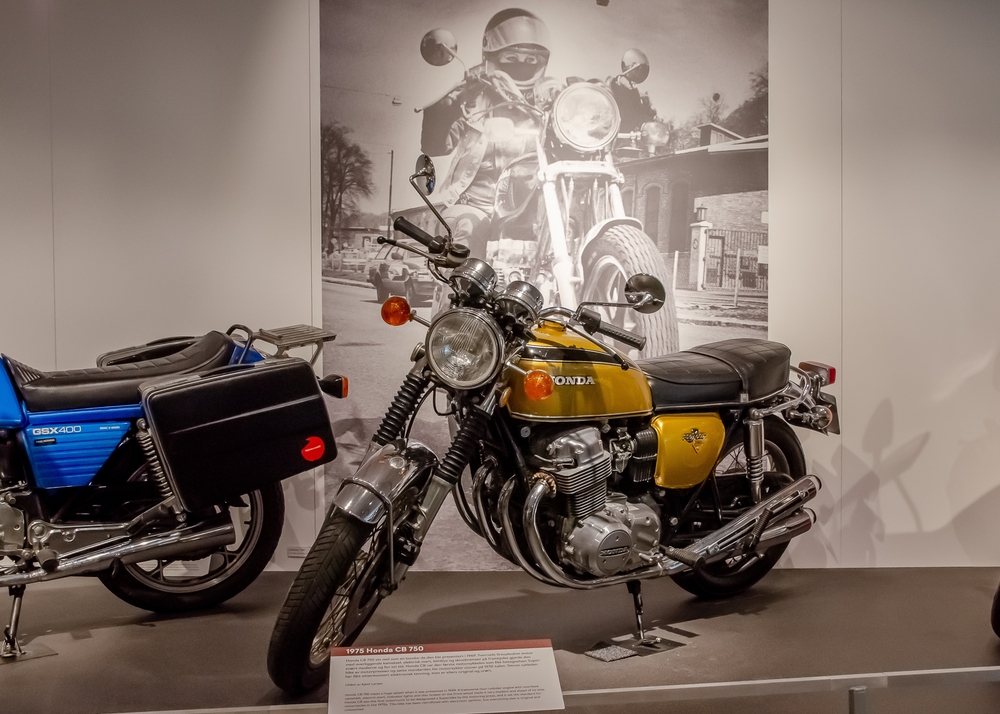
The Honda CB750, launched in 1969, is often credited with ushering in the modern era of superbikes. It featured a 736cc inline-four engine, an electric start, and a front disc brake—revolutionary elements at the time. Affordable and reliable, the CB750 quickly became a favorite among riders worldwide. This model not only transformed Honda into a global powerhouse but also introduced the concept of the “universal Japanese motorcycle,” a template that dominated the market for decades.
Ducati 916 (1994)
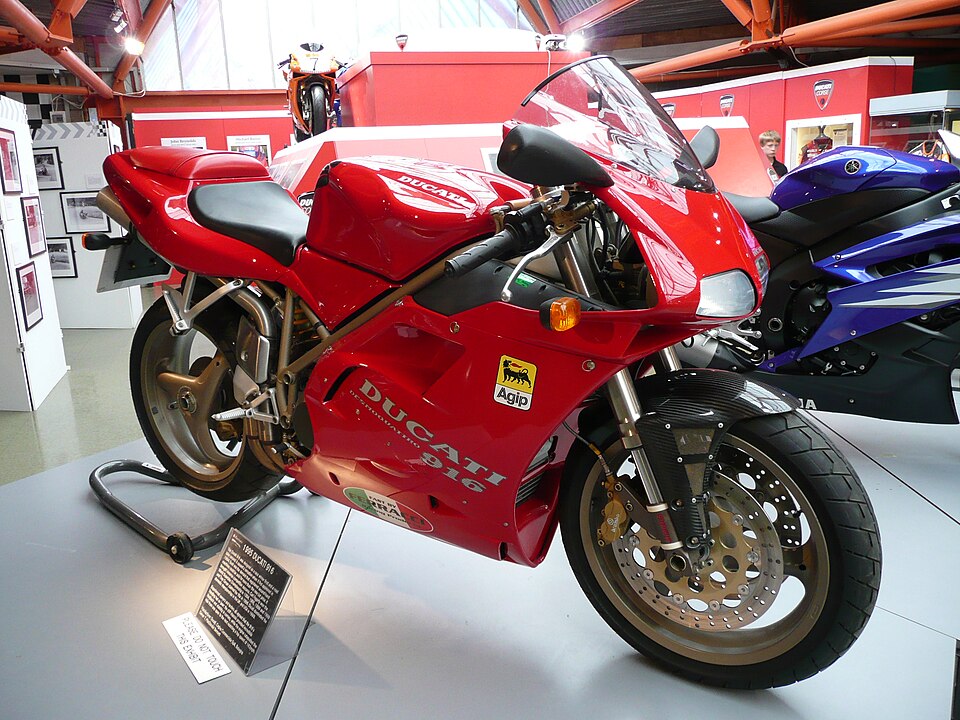
In 1994, Ducati unveiled the 916, a motorcycle that would become an icon of both design and performance. Its 916cc V-twin engine, under-seat exhausts, and single-sided swingarm were not just features; they were statements of Italian craftsmanship and engineering. The 916’s success in World Superbike racing only added to its legendary status. This motorcycle influenced the design language of sports bikes for years, cementing Ducati’s place in the pantheon of motorcycle greatness.
Yamaha YZF-R1 (1998)
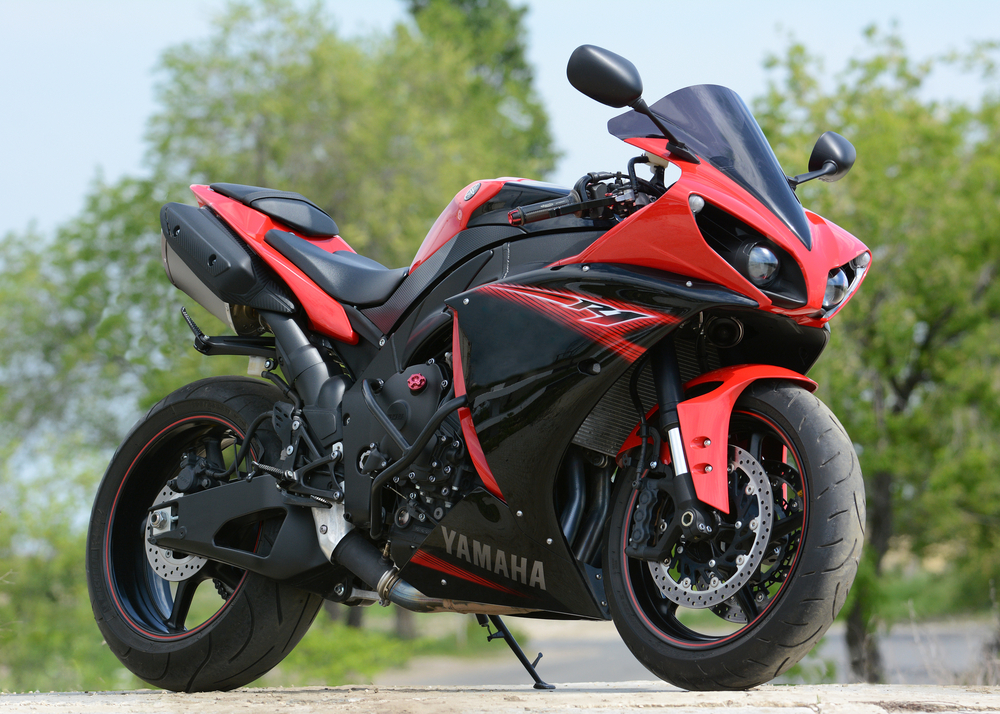
The Yamaha YZF-R1, introduced in 1998, was a game-changer in the sportbike category. With its 998cc engine, compact chassis, and lightweight construction, the R1 offered a level of agility and speed that was unparalleled at the time. This model set new benchmarks for power-to-weight ratios and handling, making it a reference point for future sportbikes.
BMW R32 (1923)
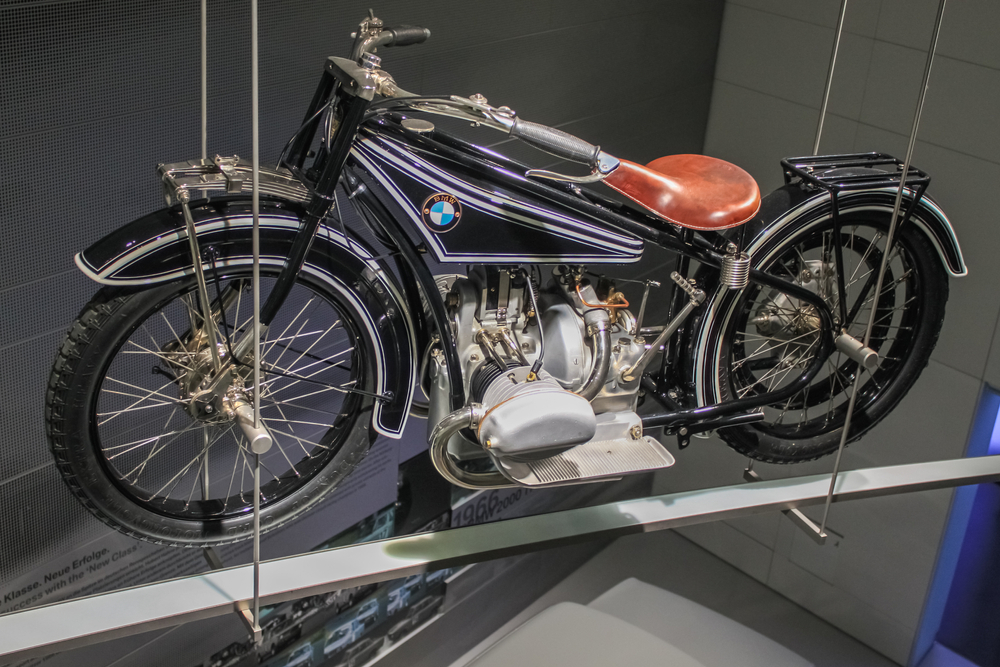
The BMW R32, released in 1923, was the first motorcycle to feature the now-iconic boxer-twin engine and shaft drive configuration. This innovative design provided smooth power delivery and exceptional reliability, setting BMW apart from its competitors. The R32’s engineering excellence laid the groundwork for BMW’s enduring reputation for high-quality motorcycles. Even today, the influence of the R32 is evident in BMW’s modern boxer-powered models.
Triumph Bonneville (1959)
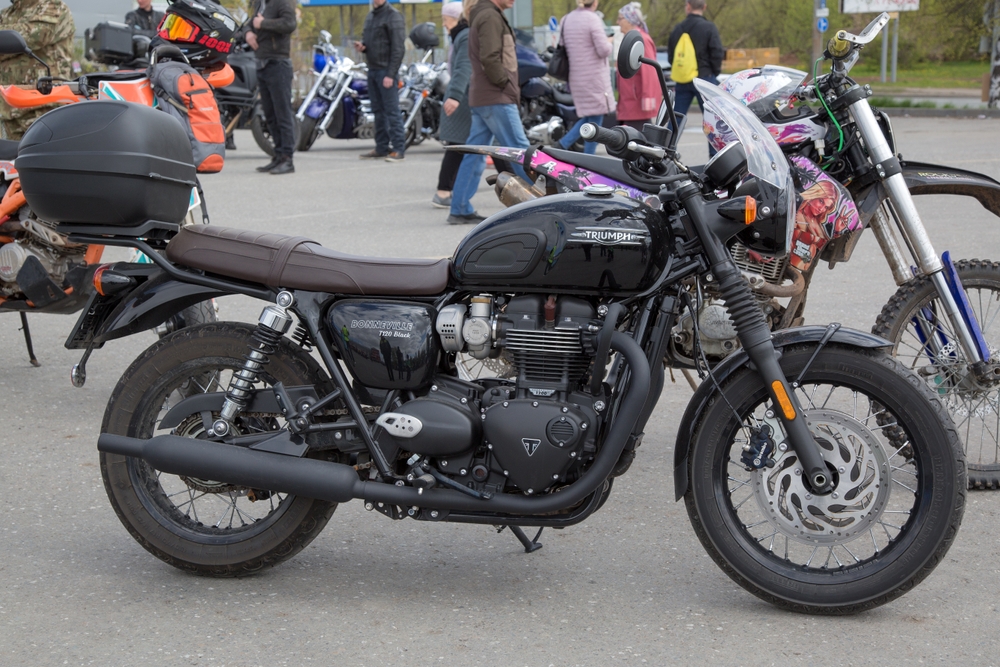
Launched in 1959, the Triumph Bonneville quickly became a symbol of British motorcycling and a cultural icon of the 1960s. Its 650cc parallel-twin engine delivered a perfect balance of performance and style, making it popular among both racers and everyday riders. The Bonneville’s success on the track and its presence in popular culture helped secure Triumph’s place in motorcycle history.
Kawasaki Z1 (1972)
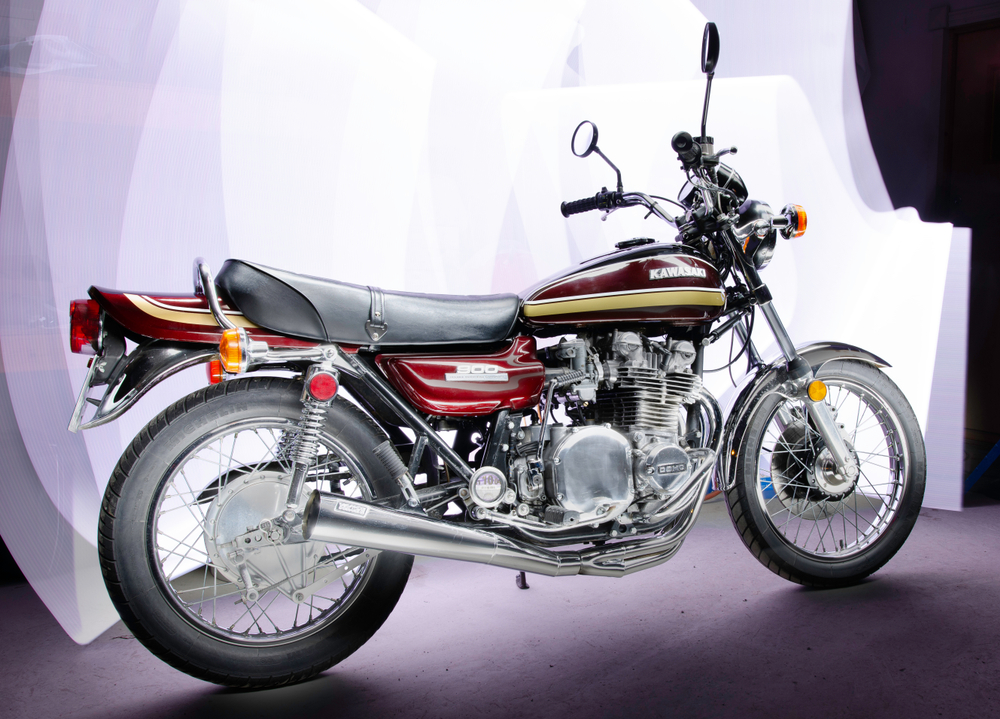
When Kawasaki introduced the Z1 in 1972, it marked a new era in the world of superbikes. The Z1’s 903cc inline-four engine made it the most powerful production motorcycle at the time, earning it the nickname “King of the Road.” Riders appreciated its combination of power, reliability, and affordability, which helped establish Kawasaki as a leader in the performance motorcycle market.
Norton Commando (1967)
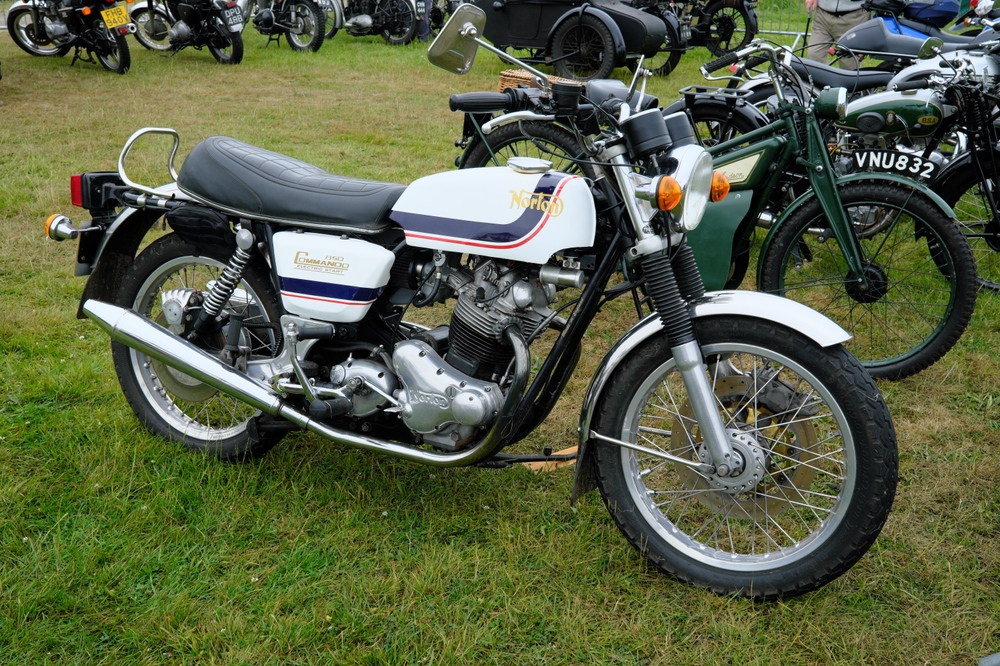
The Norton Commando, released in 1967, combined classic British design with advanced engineering, making it a revolutionary motorcycle of its time. With a 750cc parallel-twin engine and the innovative “Isolastic” frame system, the Commando reduced vibrations and enhanced handling, appealing to a wide range of riders. Its blend of performance and style made the Commando one of the most iconic motorcycles of the 1960s and 1970s.
Suzuki GSX-R750 (1985)

In 1985, Suzuki introduced the GSX-R750, a motorcycle that would redefine the sportbike category. With its race-inspired design, 750cc inline-four engine, and lightweight aluminum frame, the GSX-R750 offered an unprecedented level of performance and agility. This model set new standards for sportbike performance, making it a favorite among racers and enthusiasts alike.
Harley-Davidson XR750 (1970)
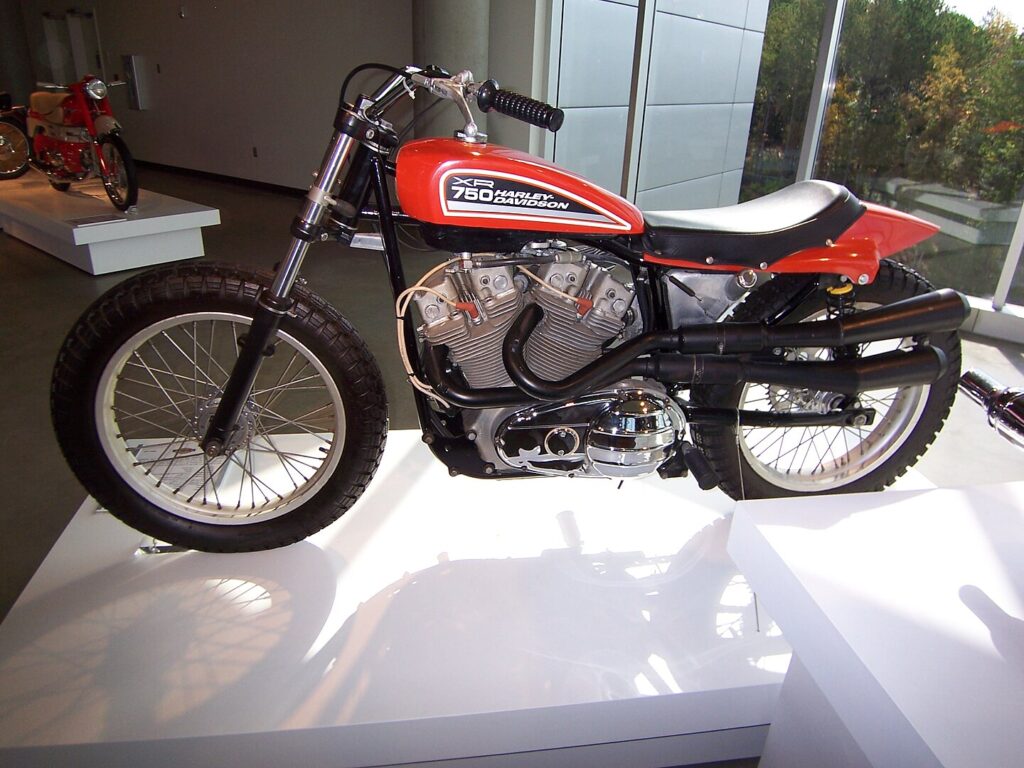
The Harley-Davidson XR750, first introduced in 1970, quickly became the most successful motorcycle in American dirt track racing history. Its air-cooled V-twin engine and lightweight design made it a formidable competitor on the track. The XR750’s dominance in flat track racing helped solidify Harley-Davidson’s reputation for producing high-performance motorcycles.
Honda Gold Wing (1974)
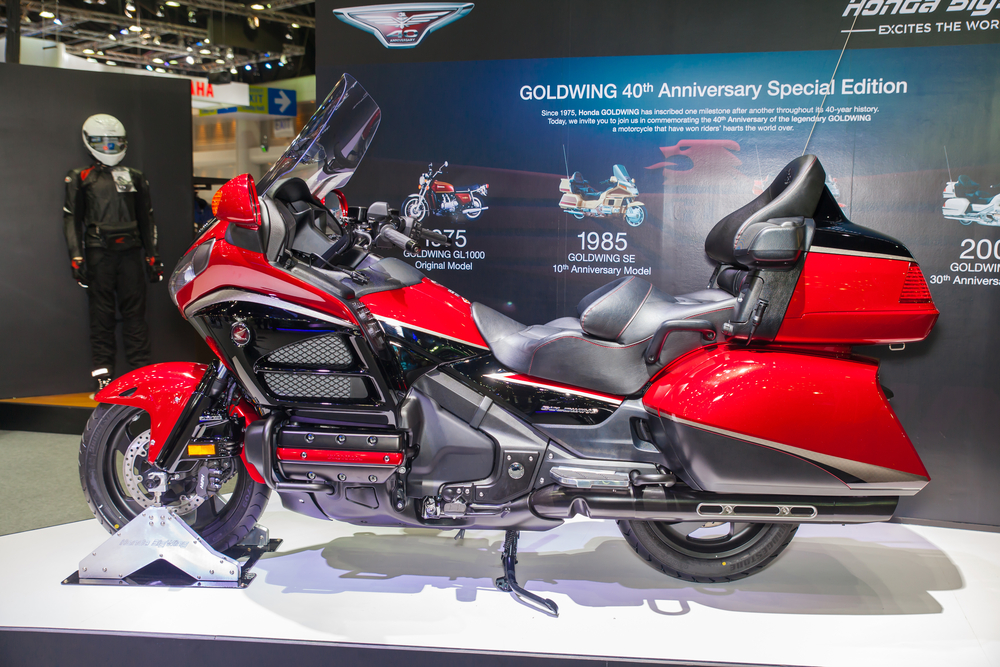
First released in 1974, the Honda Gold Wing revolutionized the touring motorcycle segment. Its powerful 999cc flat-four engine and luxurious features set new standards for comfort, reliability, and long-distance touring. The Gold Wing quickly became the motorcycle of choice for riders seeking both adventure and comfort on the open road.
Brough Superior SS100 (1924)
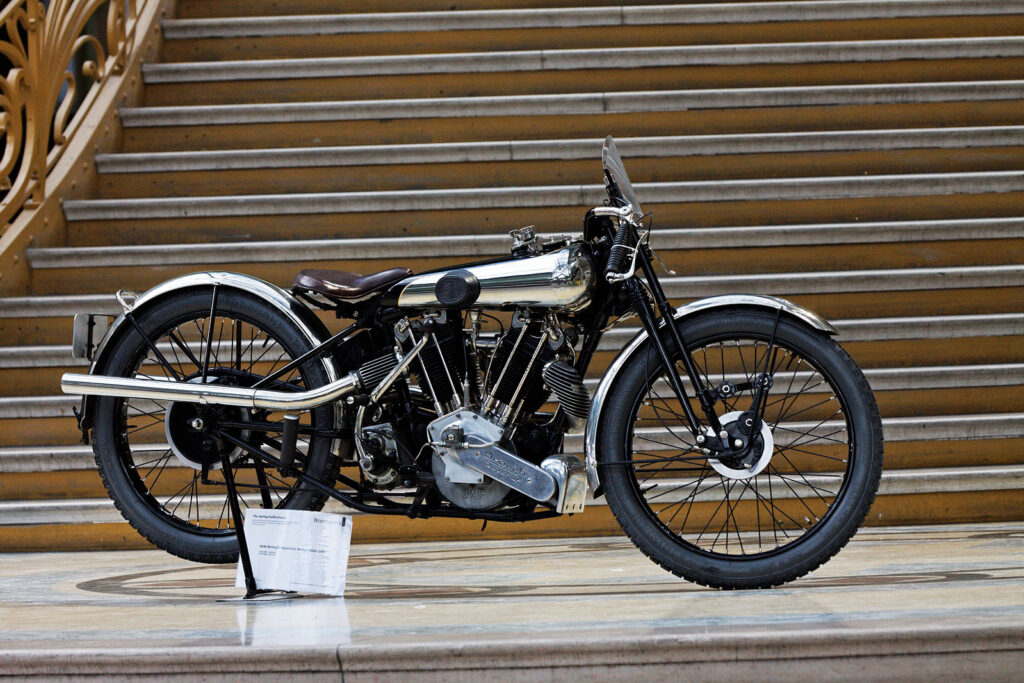
Introduced in 1924, the Brough Superior SS100 was the world’s first motorcycle guaranteed to reach 100 mph. Often referred to as the “Rolls-Royce of Motorcycles,” the SS100 was hand-built to the highest standards of craftsmanship and performance. With a 1000cc V-twin engine and an innovative design, it quickly became a favorite among enthusiasts and collectors. The SS100’s legacy of luxury and performance continues to influence high-end motorcycle design to this day.
KTM 990 Adventure (2006)
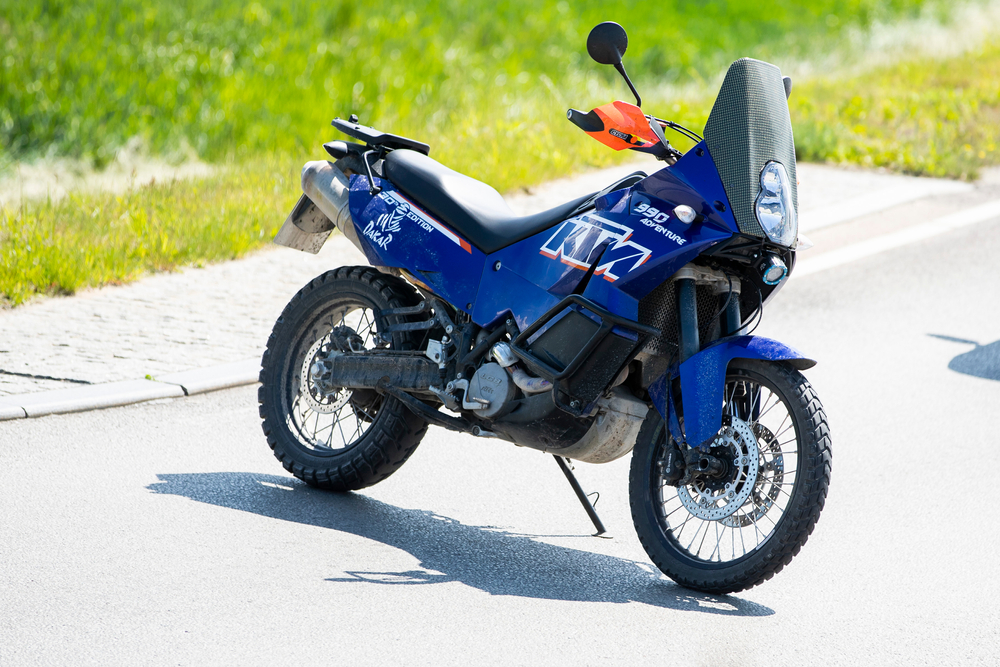
The KTM 990 Adventure, launched in 2006, set a new standard in the adventure motorcycle category. Its 999cc V-twin engine, advanced suspension, and rugged design made it ideal for both off-road exploration and long-distance touring. Riders appreciated the 990 Adventure’s combination of performance and versatility, which inspired a new generation of adventure motorcycles.
Yamaha RD350 (1973)

The Yamaha RD350, introduced in 1973, became legendary among two-stroke motorcycles for its lightweight design and powerful 347cc engine. Known for its exceptional performance and handling, the RD350 was a favorite among racers and street riders alike. The success of the RD350 helped popularize the two-stroke engine, solidifying Yamaha’s reputation for producing high-performance motorcycles.
Indian Scout (1920)
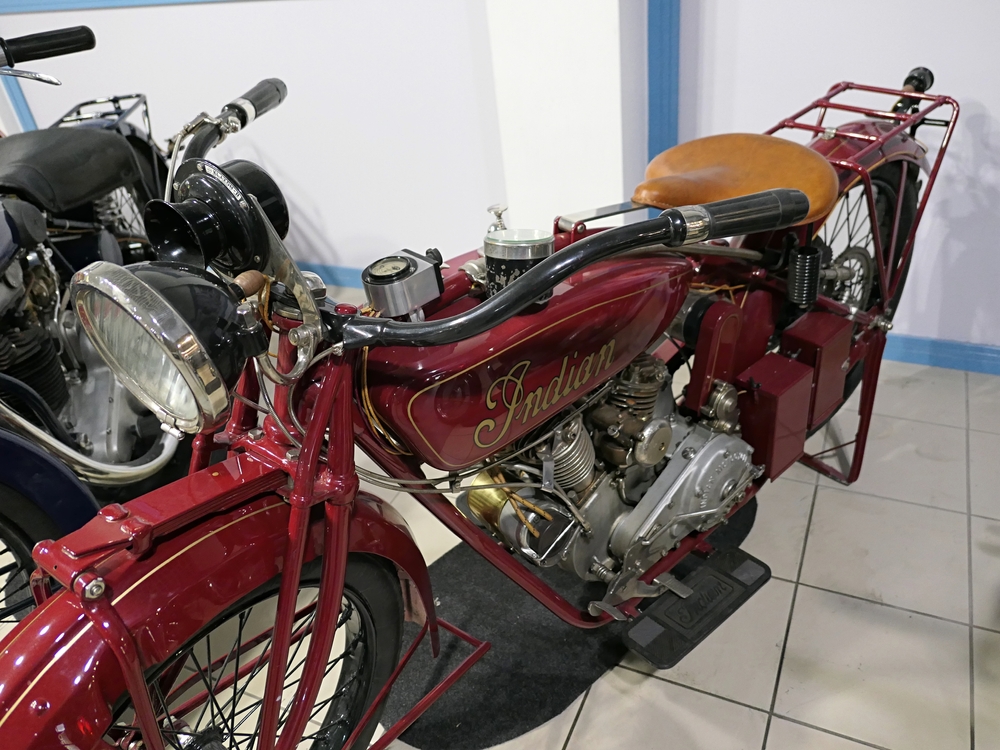
First released in 1920, the Indian Scout quickly established itself as one of the most influential motorcycles in American history. Its 600cc V-twin engine and low-slung frame made it a favorite for its performance and handling. The Scout’s success on the racetrack and its rugged reliability helped position Indian as a leading motorcycle manufacturer. Modern iterations of the Scout continue to pay homage to its classic design, carrying forward its legacy.
Honda Super Cub (1958)
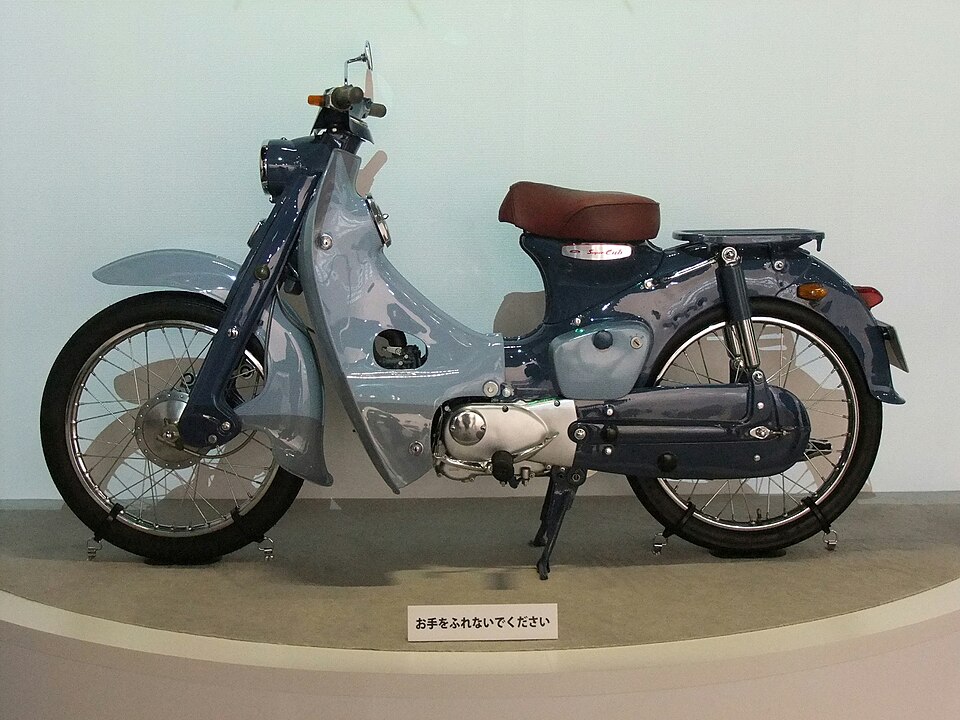
Launched in 1958, the Honda Super Cub became the best-selling motorcycle of all time, with over 100 million units sold worldwide. Its 49cc engine, step-through design, and user-friendly features made it accessible to a wide range of riders, from beginners to experienced motorcyclists. The Super Cub’s simplicity, reliability, and affordability played a crucial role in popularizing motorcycling on a global scale.
Moto Guzzi Le Mans (1976)

The Moto Guzzi Le Mans, introduced in 1976, became an icon of Italian engineering with its distinctive 850cc V-twin engine and sporty styling. Its performance and handling made it a favorite among enthusiasts who appreciated its unique character and racing heritage. The Le Mans set new standards for sport-touring motorcycles, blending performance with long-distance comfort.
Triumph Speed Triple (1994)
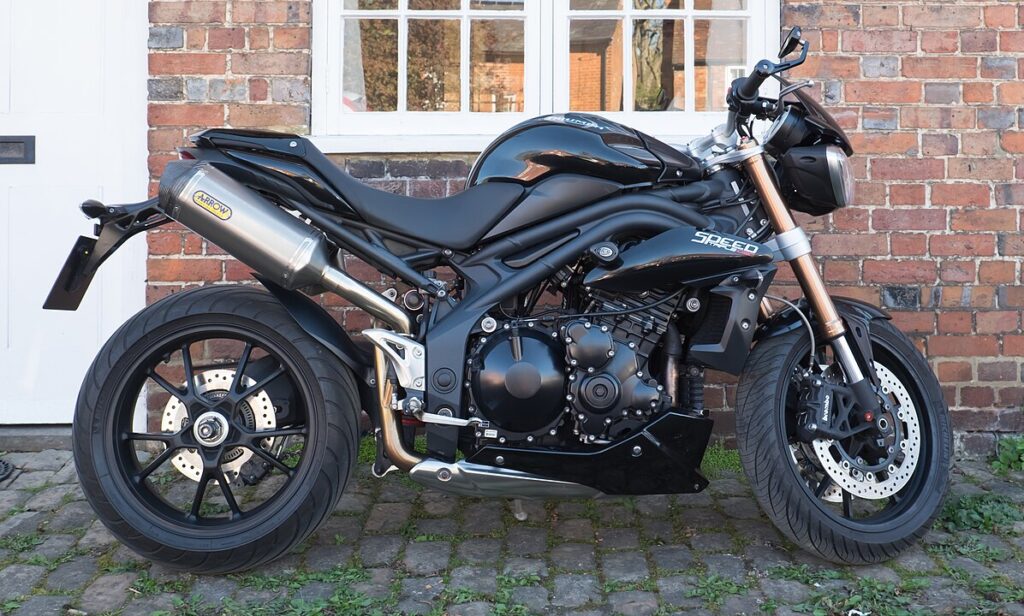
Launched in 1994, the Triumph Speed Triple pioneered the “naked” motorcycle category with its minimalist design and aggressive performance. Featuring an 885cc inline-three engine, the Speed Triple combined sportbike power with streetfighter aesthetics, making it a standout in the market. The success of the Speed Triple not only revitalized the Triumph brand but also inspired a new generation of naked motorcycles.
This article originally appeared on MyCarMakesNoise.
More from MyCarMakesNoise
10 Vintage Trains Still in Operation

Step aboard the timeless journey of vintage trains that still capture the heart of railway romance and adventure. Across the globe, these moving museums preserve the golden age of rail travel, offering more than just a ride – they serve as a portal to the past, allowing passengers to experience the luxury, charm, and history of classic locomotion. Read More.
11 Hidden Gems in the Motorcycle World
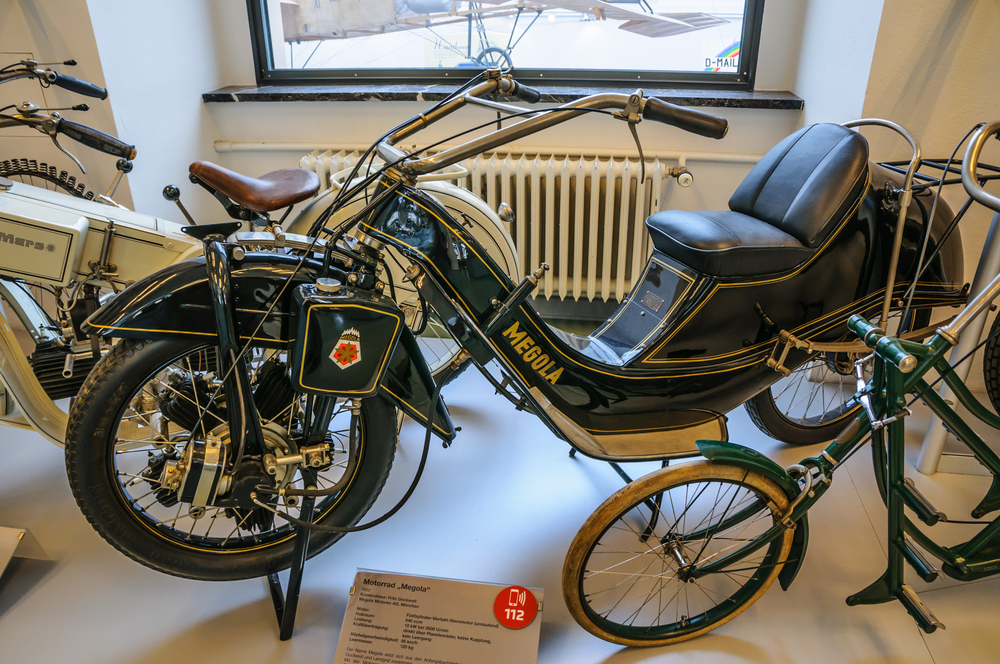
Motorcycles have long captured the imagination of enthusiasts worldwide, not just for their speed and freedom, but also for their rich histories and unique designs. Among the countless models produced over the decades, some stand out as true hidden gems – bikes that have pushed boundaries, set new standards, or captured the hearts of those lucky enough to ride them. Read More.
20 Iconic Supercars of the ‘90s That Defined the Era
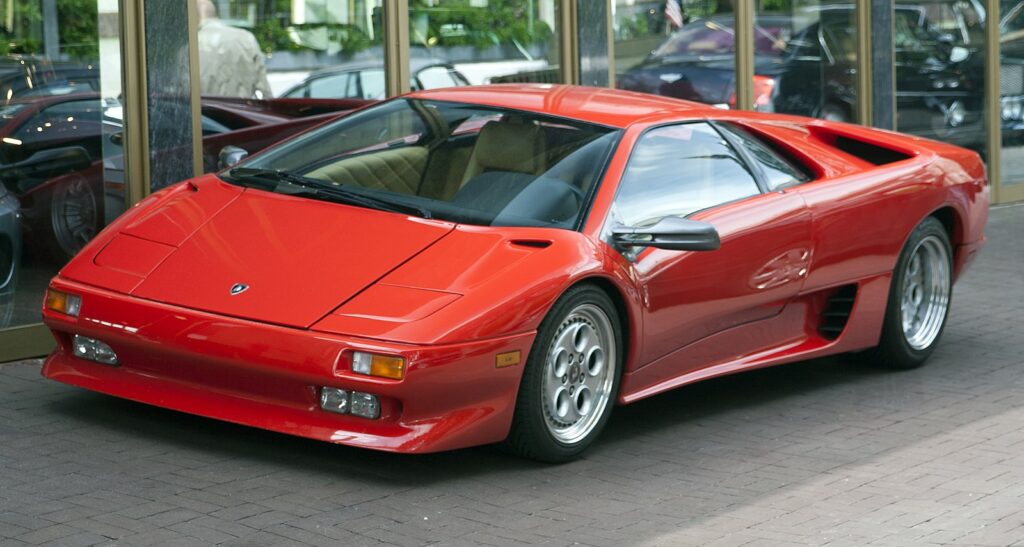
The 1990s was an era of groundbreaking automotive innovation, giving birth to some of the most epic supercars ever built. These vehicles not only pushed the boundaries of speed and design but also set new standards in performance and technology. Read More.

